So, you’ve gone through the necessary hoops and filled in the ream of forms necessary to open a business bank account and to register your company at Companies House. You called up a bunch of mates, asked them to promote your tweets, LinkedIn posts and Facebook posts, and now you’ve got some business rolling in!
Then you wrote an invoice and expected to get paid right away...but, instead, the accounts department shot your invoice back at you and told you to correct all the errors?
Indeed, there is something to know about writing invoices. And if you’re registered for VAT and are writing invoices to other companies who are also VAT registered (B2B) then there is a lot to know — your invoices must have certain information on them to be considered legally valid.
The content of a legally valid invoice depends on the product or service you’re offering, you and your client's business ownership type, tax regime and many other factors. There is a lot to learn.
Well, fear not: One of the things we wanted to do when building the GoSolo business and banking app was to make the invoicing procedure as seamless as possible. If you use GoSolo for your business banking and expense management, then all the following is already taken care of automatically for you within the app.
If you don’t use GoSolo, here’s what you need to know about writing invoices in your business so that you can get paid on time.
What an invoice needs to contain
According to the UK Government, all UK invoices need to contain:
- A unique invoice ID or Number
- Your company’s name (if you are a sole trader, then you must put your name and any “Trading As” name that you’re using)
- Your company’s address (or, if you are a sole trader, the address where you can receive legal documents if you are using a “Trading As” name)
- Your company’s contact information
- Your customer’s company name
- Your customer’s address
- An unambiguous description of what you are charging the customer for
- The supply date (i.e. when the goods or service was delivered)
- The date the invoice was issued
- How much is being charged
- Any VAT amount
- The total amount
If you are a Limited Liability Company, then you must write your company name the same way that it is written in your Certificate of Incorporation.
That’s a lot of information!
Customer perception (make your invoices look professional)
Customer Perception is a crucial aspect of running a successful business. It is even more important when you are charging “premium rates” for your work.
Customer perception is created in some ways, and one of the ways is how you handle and present your invoices.
Your invoices should be professionally designed and look sleek. Moving low-resolution image boxes around a Microsoft Word file is simply not going to cut it. Even though you might not notice the flaws, that amateurish approach will come across like a sledgehammer to your customers.
Your client's accounting department might deal with hundreds of invoices daily. You only have a few seconds to grab their attention and ensure that your invoice is properly recorded and then paid promptly. That's why GoSolo created a clear invoice layout where key pieces of information are highlighted and easily readable.
Consider your invoice a piece of promotional material. That material is supposed to elicit payment from somebody. The professionalism of your invoice goes a long way to creating a certain perception of your business in your client’s mind.
GoSolo comes prepackaged with an invoice template for you to use in your business. It is a slick and professional template that can still be distinguished from your business identity. All you need to do is specify your logo and tweak the colour. We take care of the rest for you.
Inform your customer
If you wish to get paid on time, you need to ensure that your customer receives the invoice.
If you are sending invoices by email, it is not uncommon for that invoice to land in spam, especially if you have never invoiced that particular customer before.
Email providers are notoriously picky about subject lines that read something like “Invoice #123456” because it is a favourite trick of spammers to elicit money illegally from people!
Give your client a call and let them know that you sent them an invoice. Then have the customer acknowledge receipt of the invoice. This will go a long way to prevent the all-too-common excuse of “Oh, but I didn’t receive it” if you don’t get paid.
Payment reminders
You can send a reminder regarding payment one or two days before the invoice is due.
Certainly, you should send “nudges” after 7 or 14 days if the invoice remains unpaid.
Ideally, you would have some accounting or invoicing software do this for you (or GoSolo) so that you don’t have to maintain complicated spreadsheets to keep track of who has or hasn’t paid you.
Chasing clients on payment terms can be a challenging and time-consuming task for entrepreneurs. Simple email notifications about payment are probably the easiest single instrument for a significant reduction in the number of late payments.
Already running a business? Handle money and accept payments in one app.
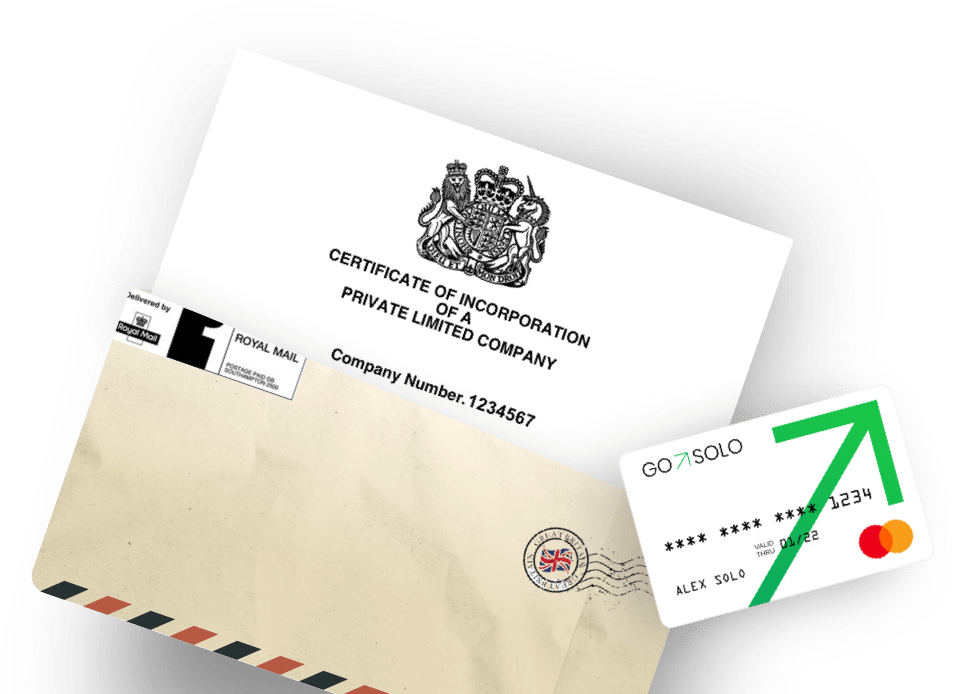
What invoicing software or system to use
You don’t necessarily need third-party software to do all you're invoicing for you, but it is easy to get confused with invoice numbering, invoice dates, payment chase-ups, etc. if you don’t use third-party software.
Even if you only write a few invoices a month, it’s still a good idea to use some kind of software to create those invoices. Creating them manually is simply too risky in terms of remembering to put all the information in each invoice every time.
It’s also really slow.
Using some accounting or invoicing software to generate your invoices and keep track of paid and unpaid ones is essential for a business of any size.
Getting paid
And then there’s the matter of getting paid. Sometimes, clients simply forget to settle a bill (or it lands in their spam folder, and they don’t see it).
Other times, well, they simply don’t pay it and need to be reminded!
Nothing is more frustrating than doing work in good faith and then having to chase after that money repeatedly. Ideally, your invoicing software comes packaged with a reminder feature that chases up unpaid invoices and aged debtors.
One of the problems with using separate tools for invoicing and banking is that the two are not always in sync. Not all banks support automatic bank feeds. And, even if they do, there is often a delay to when the banking data finally gets fed into the accounting/invoicing software.
This can occasionally frustrate the customer with an incorrect reminder email when their payment has not yet been reconciled in the accounting system.
We believe that the following aspects of a business are inextricable from each other and so should all work within the same ecosystem:
- Banking
- Accounting
- Invoicing
- Expense management
- Cashflow and future income projections
Automatic invoice reminders save you time so that you can carry on getting more business while your accounting/invoicing software takes care of chasing up payment for you.
Because GoSolo is the banking and the invoicing app, the two are always perfectly in sync.
Available on Web, iOS, and Android.
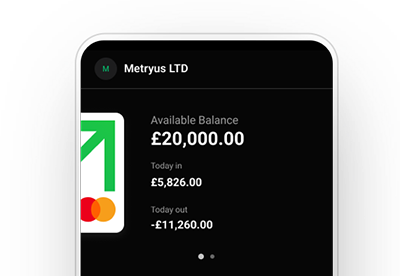
What to do if you don’t get paid
If you don’t get paid, your options are, roughly:
- Send email reminders to get paid.
- Call the client and try to resolve it with communication. Sometimes clients just forget, so try to give them the benefit of the doubt before making any assumptions.
- If they complain about the work done or goods delivered, see if their concern is valid. If it is, you need to resolve it.
- If they’re happy with the goods/service but complain about the price, see if the concern is valid and decide if you want to offer a discount.
- If, however, work was done in good faith and the client agreed to the price but then did not pay, you are within your rights to take action against them. This might or might not be worth it, depending on how much the invoice is worth. Sometimes it’s better to “cut your losses”, get a percentage of the invoice paid, write the rest off and then never do business with that client again. Of course, if that does happen, you should implement some basic policy in your business to prevent it from occurring again, such as insisting on prepayment for new clients.
It helps tremendously when a client has acknowledged receipt of the invoice. GoSolo has an automatic feature built into it that asks a client to accept/confirm the invoice.
Keep it simple
Our philosophy at GoSolo is to keep things simple. We wanted to simplify the business and banking experience for solopreneurs. One-person shows don’t have time to fiddle with accounting, bookkeeping, invoicing, chasing up money and all the other mundane (yet necessary) tasks required to keep a show on the road.
That’s why we made invoicing an integral and essential part of the GoSolo offering right from the start, including invoice payment reminders and bank reconciliation.
If you would like to get GoSolo free for two years with no transaction and banking fees, as well as integrated invoicing and payment reminders built into it, you can open an account here.
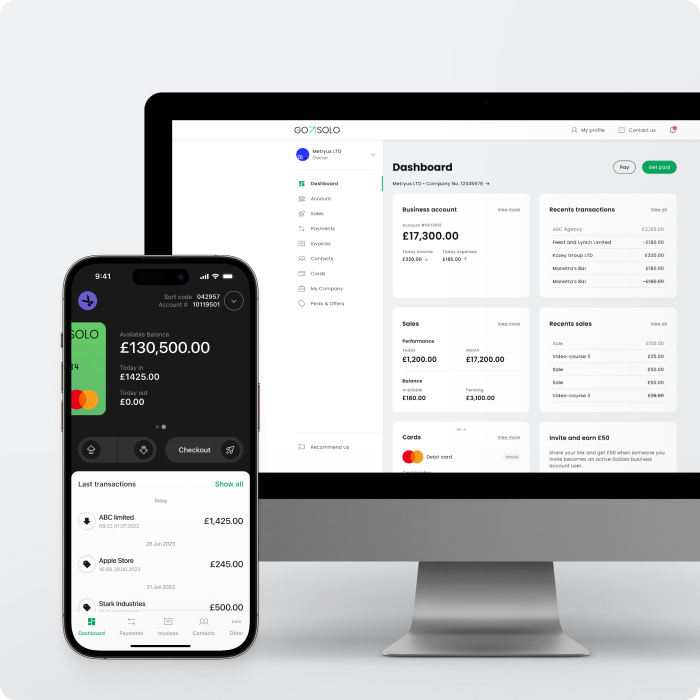

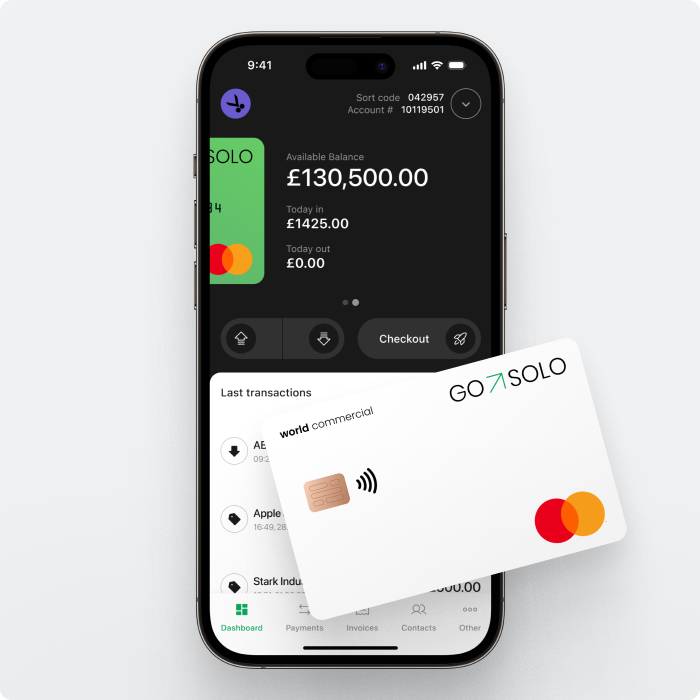

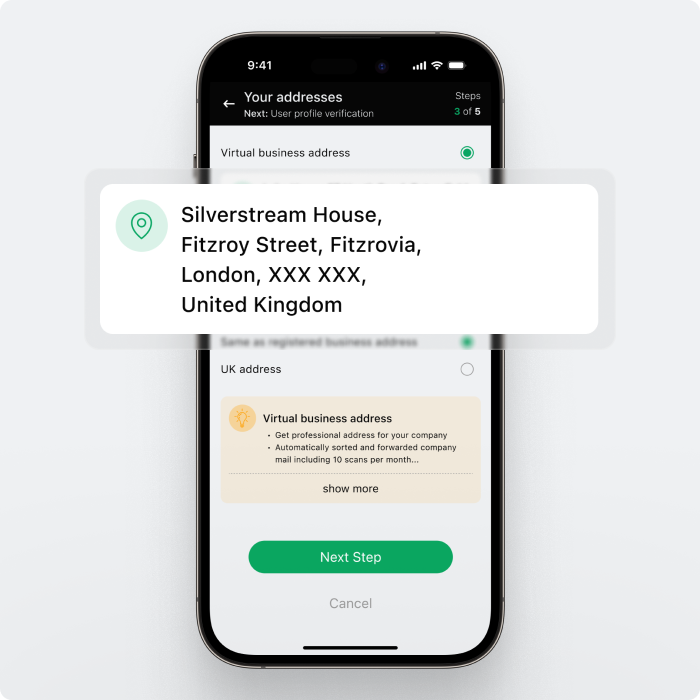
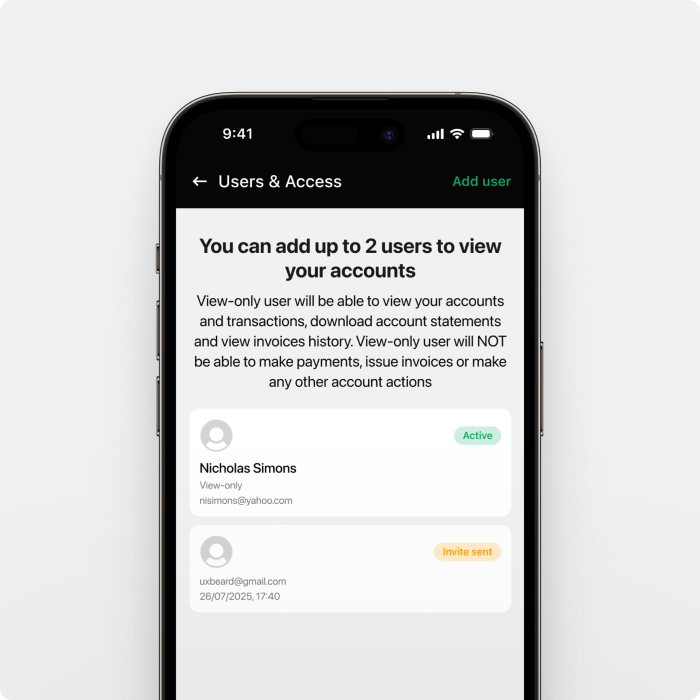
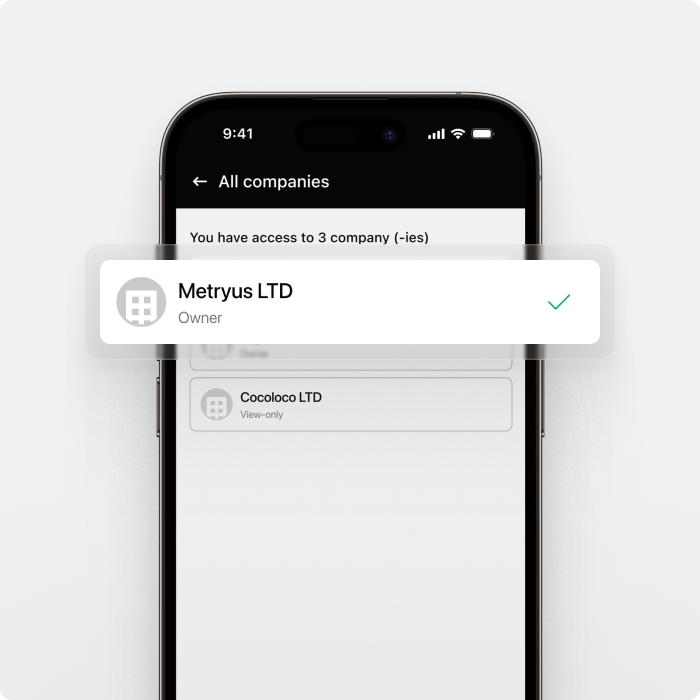
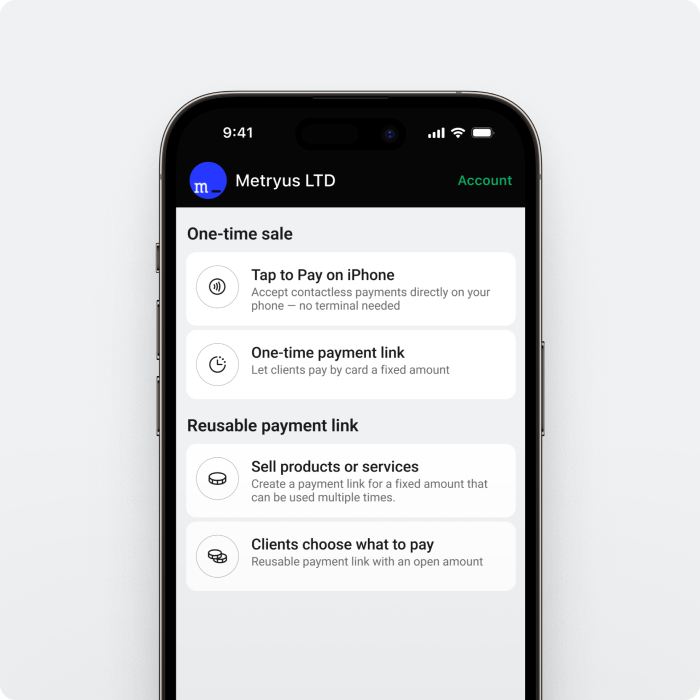

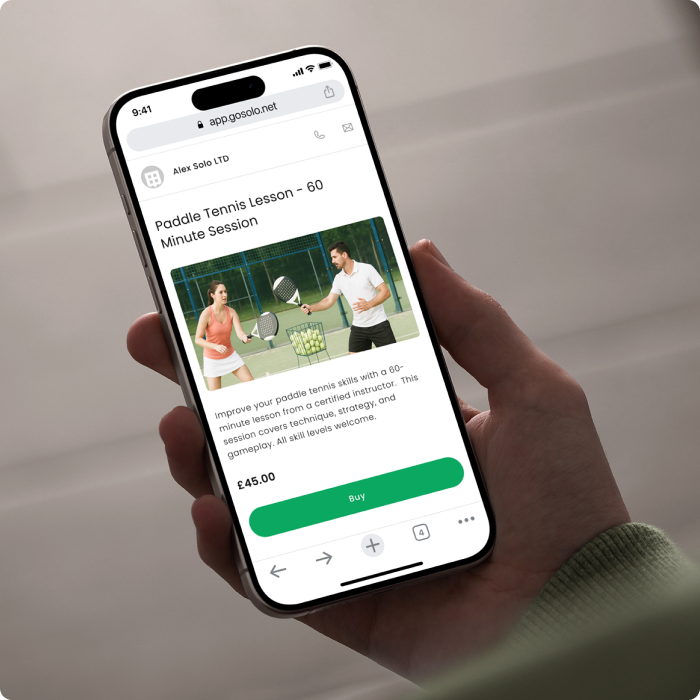




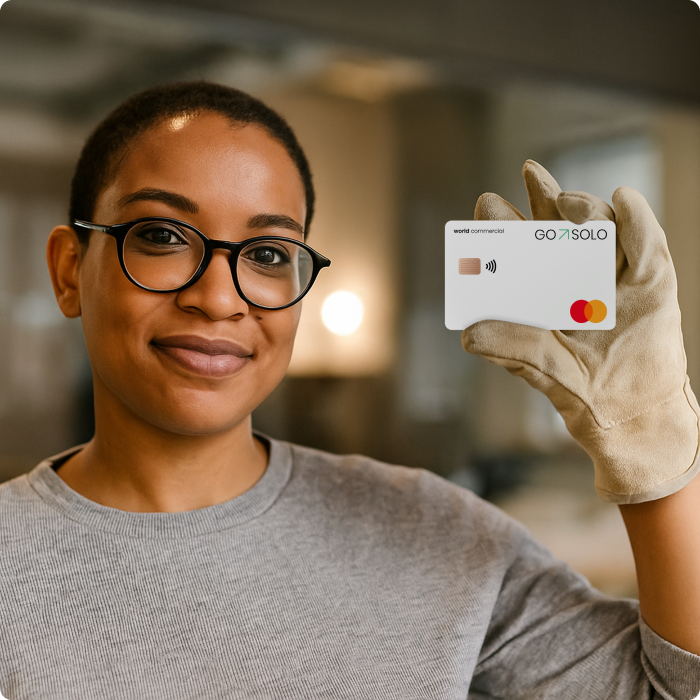



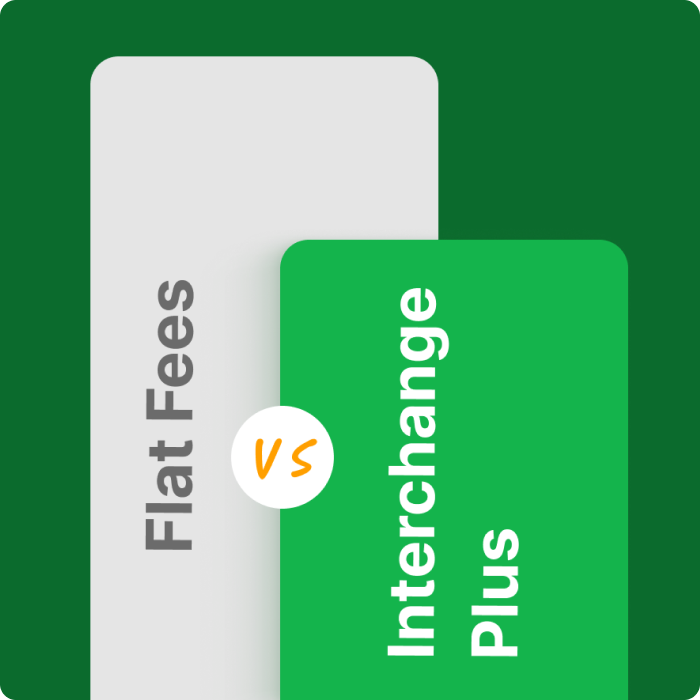
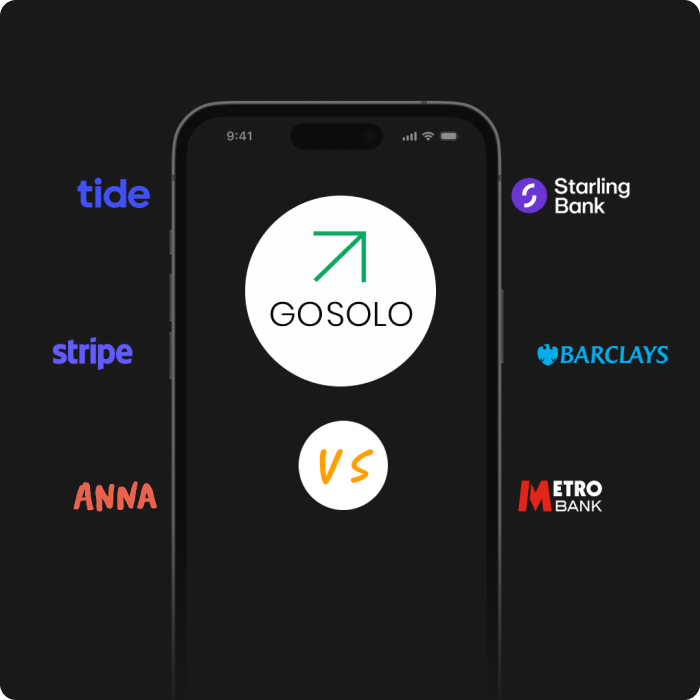
 Back to Blog
Back to Blog
